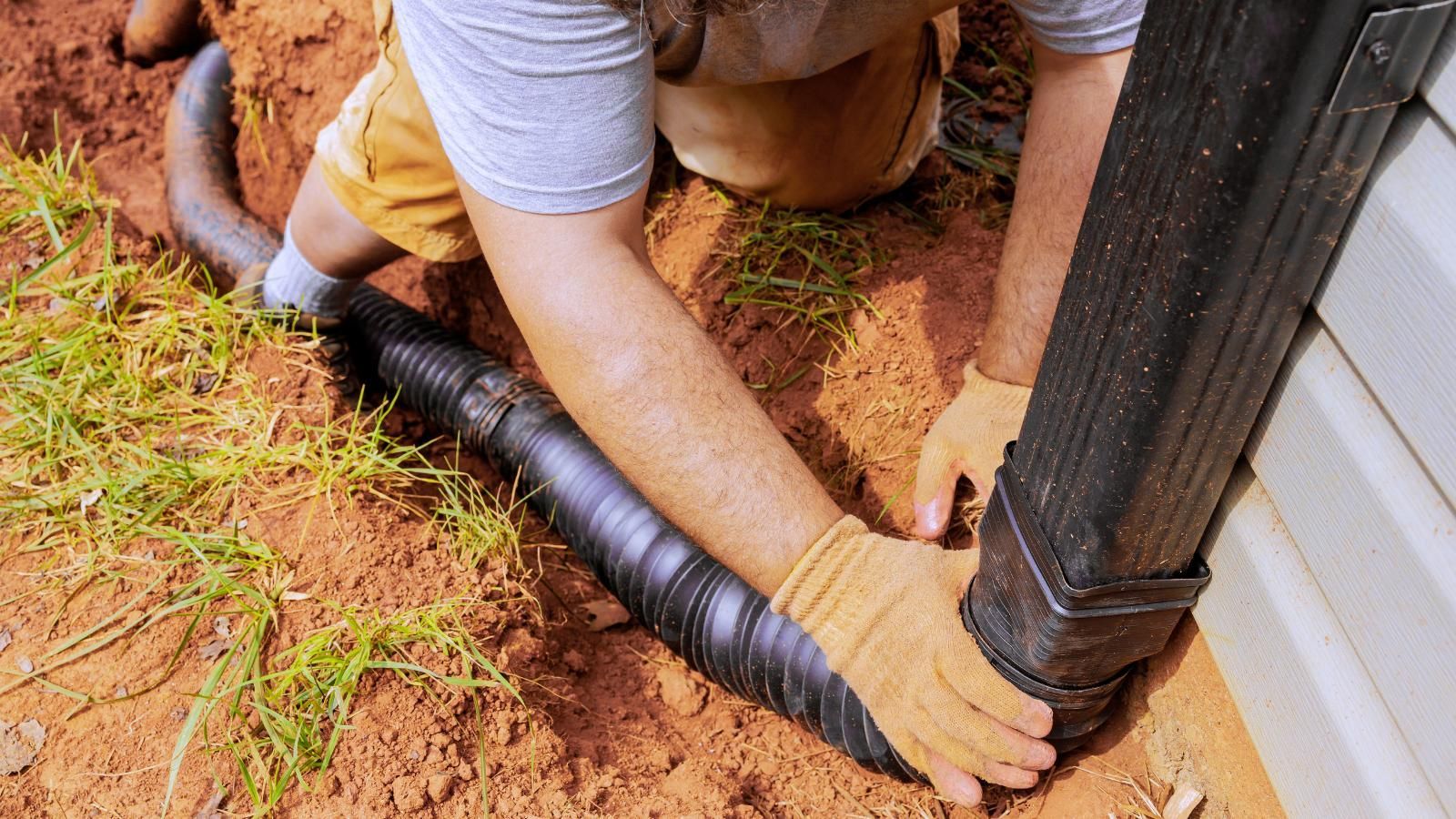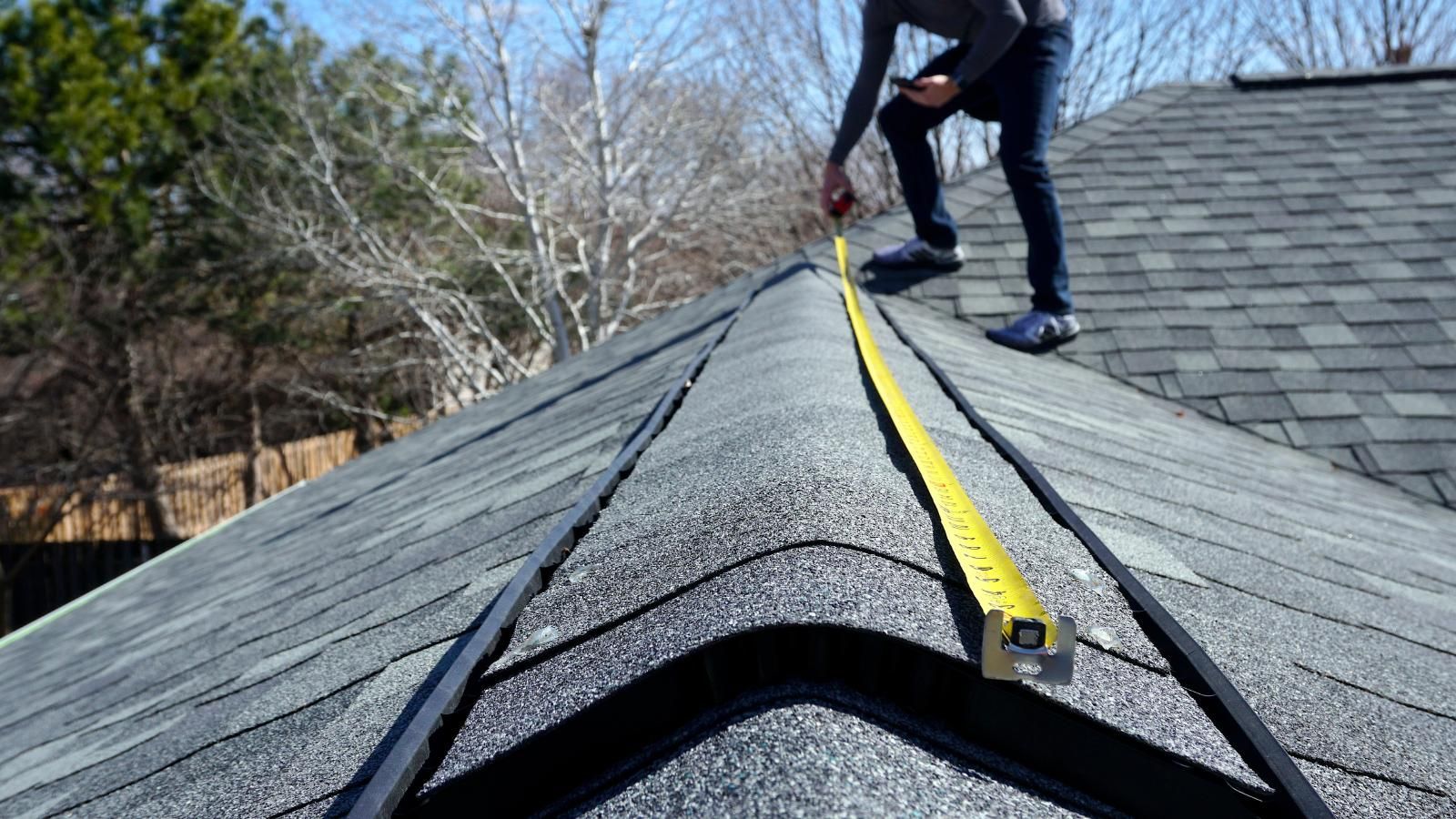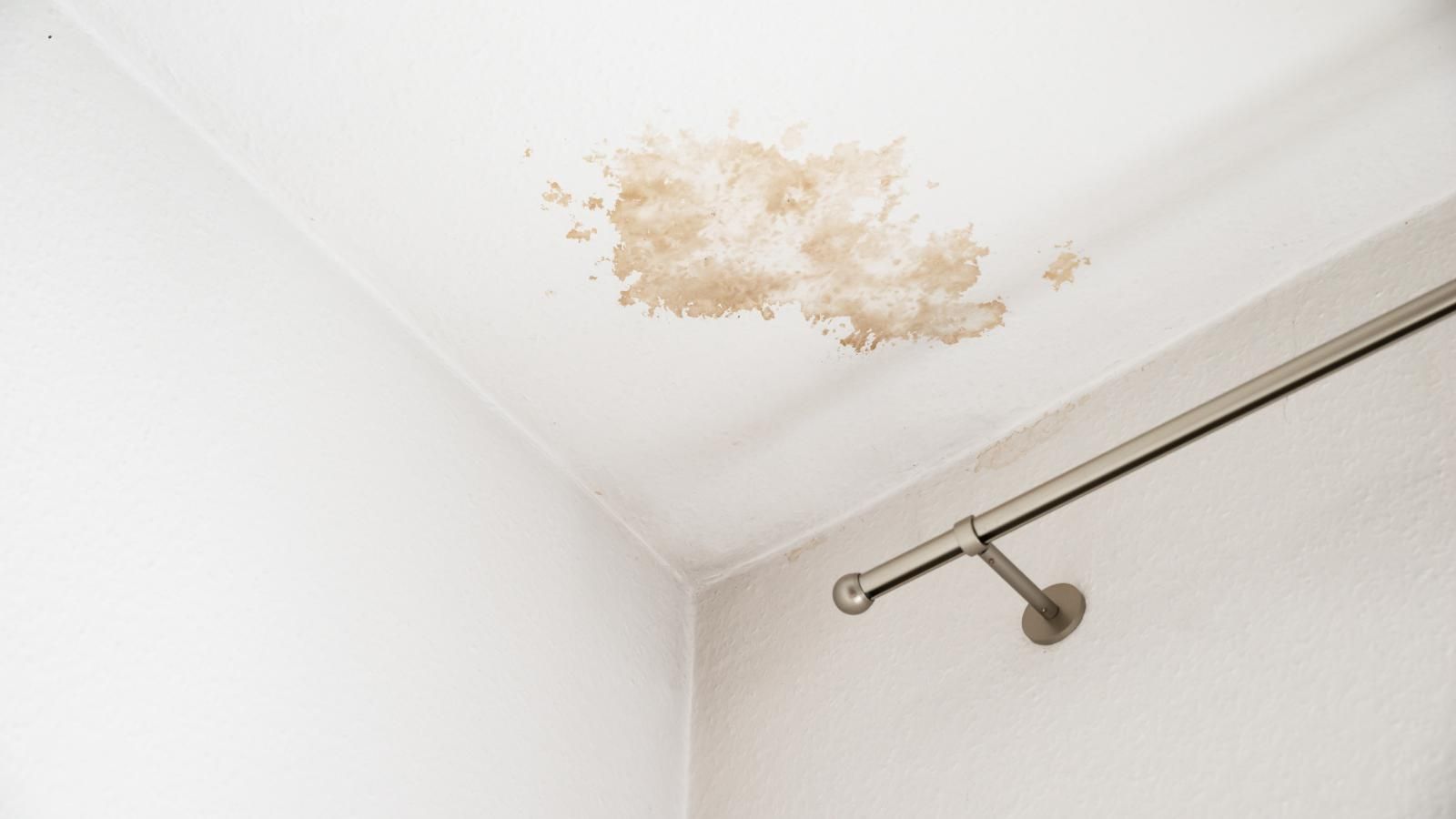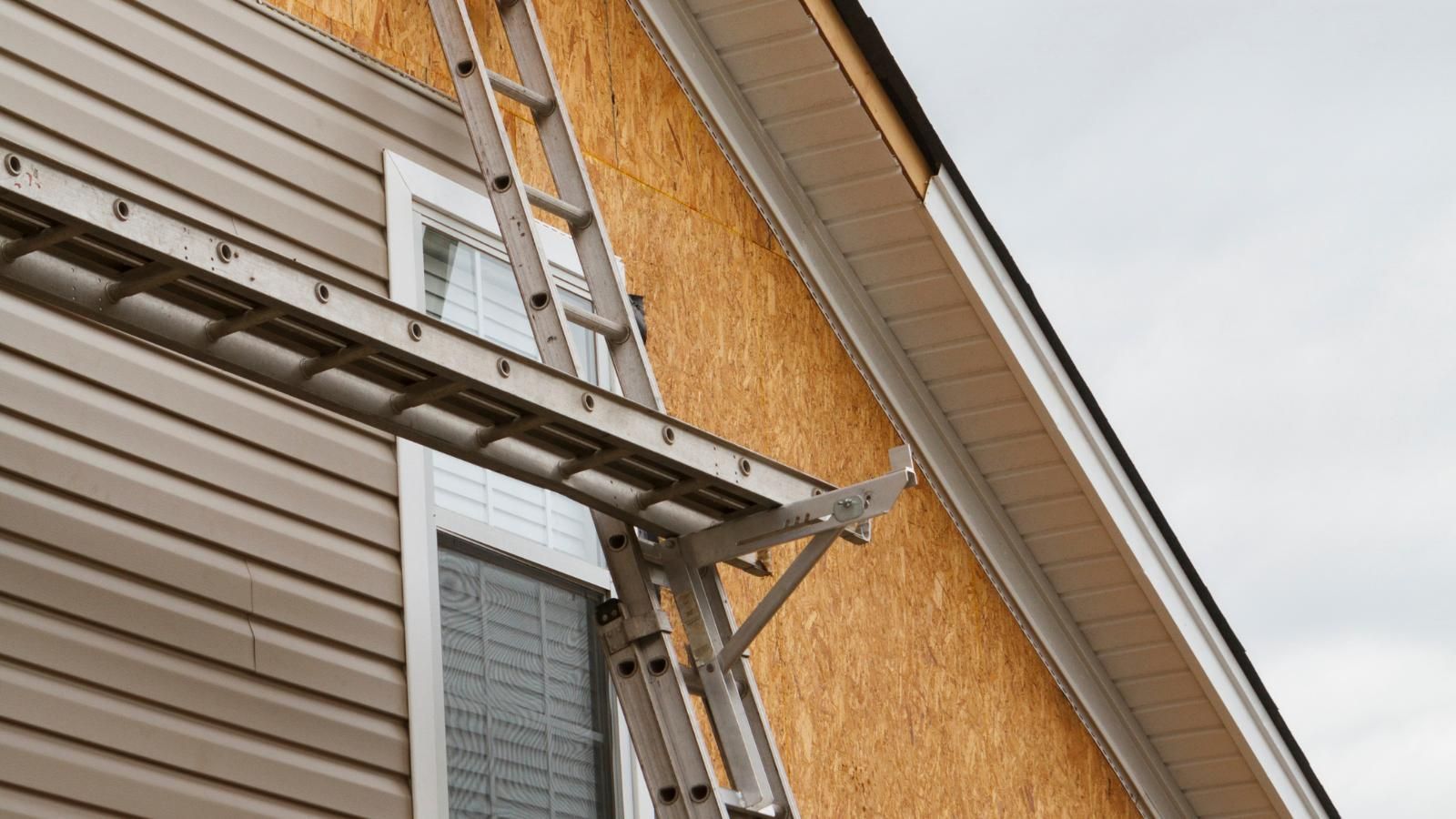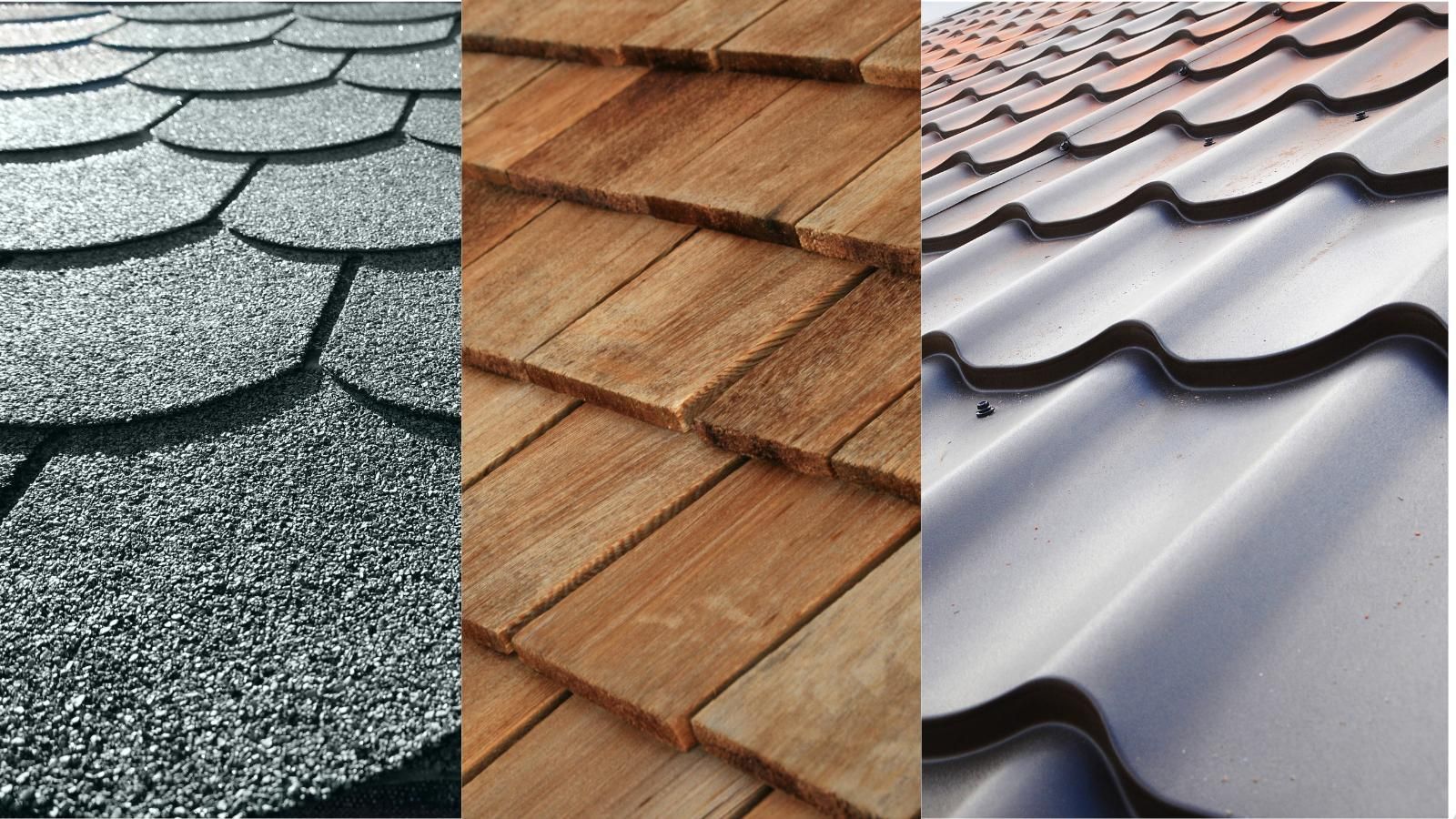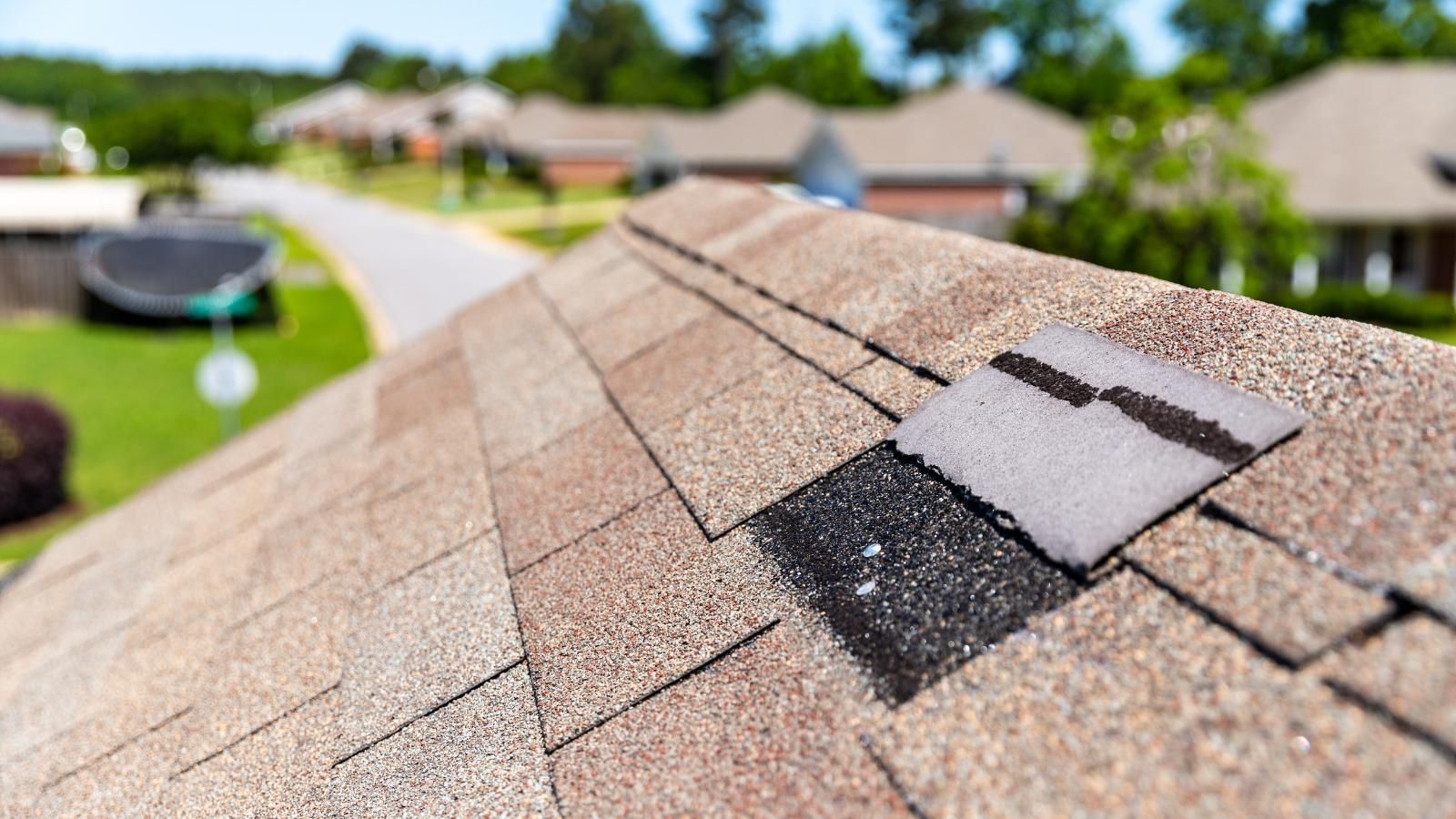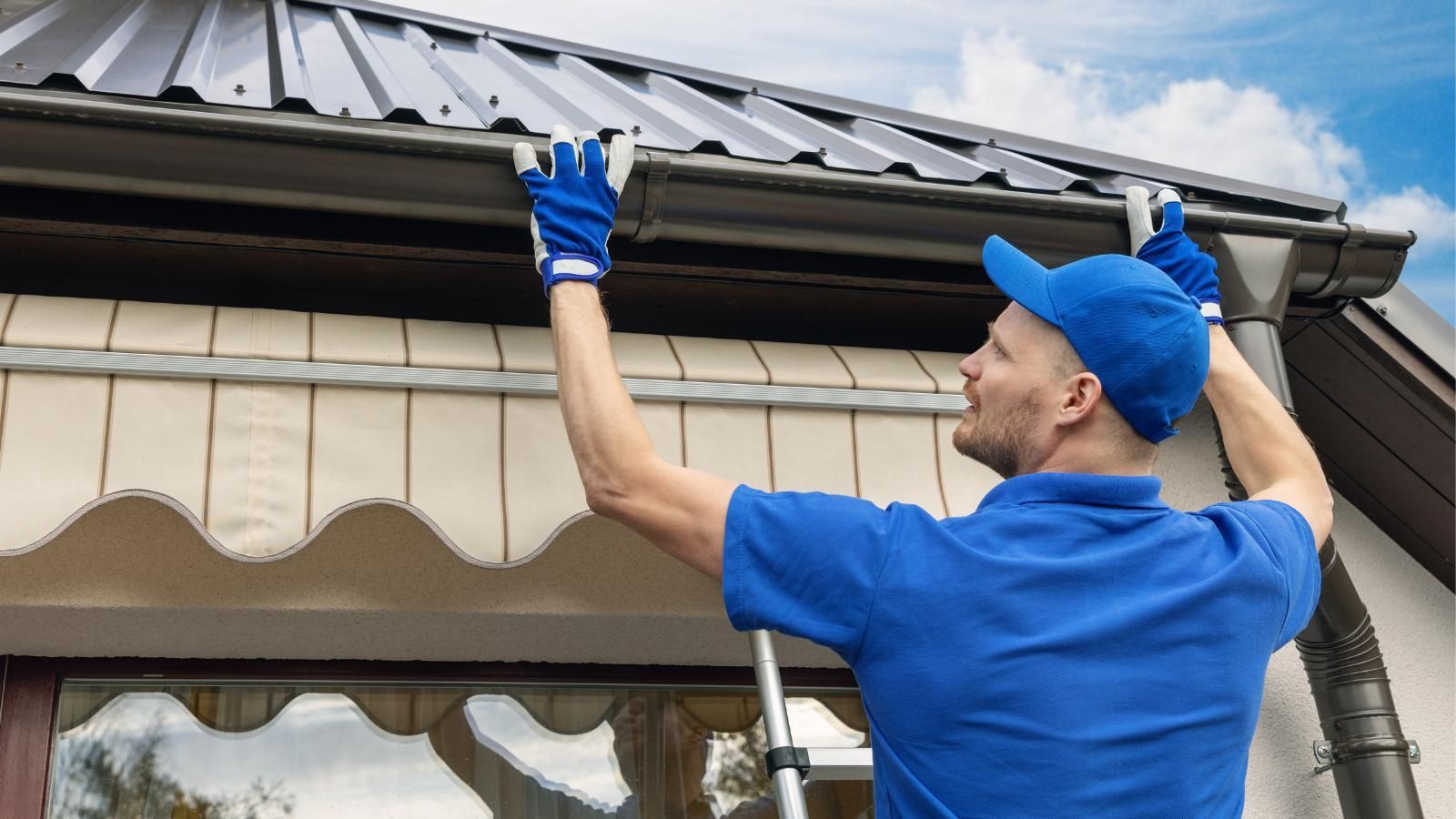What Is Flashing on a Roof? A Quick Homeowner’s Guide
What is flashing on a roof, and why should homeowners care when addressing roof repairs? Roof flashing is a crucial component of your rooftop’s defense system, protecting your home from rainwater damage. Flashing, mainly used from galvanized steel, copper, or aluminum, is used to direct water away from vulnerable areas such as chimneys, skylights, and dormers, where water can pool and drip into crevices. Flashing acts like a raincoat for the roof, protecting your home from water leak damage. Improper or missing counter flashing is a common yet avoidable problem that can lead to roof failure. Knowing the importance of proper flashing will guide you to the best decisions before you sign the dotted line; it could save you thousands for roof repair, roof replacement, or other future structural damage.
In this post, we’ll cover:
- How Headwall Flashing and Counter Flashing Work Together
- Why Reusing Flashing is a Costly Mistake
- Preventing Water Problems with Roof-to-Wall Sealing
- Flashing and Counter Flashing Explained
Why Proper Counter Flashing Prevents Siding Damage
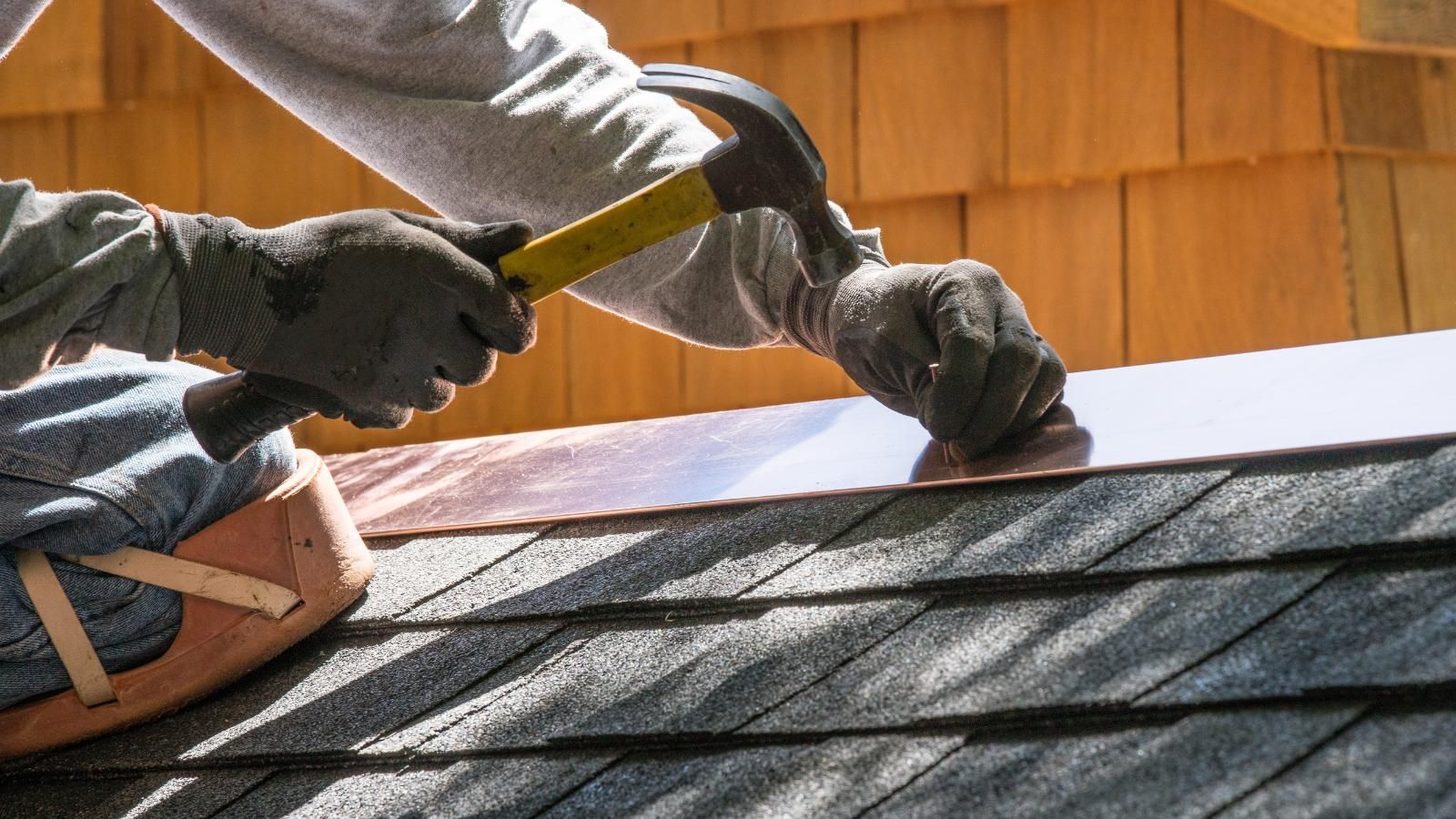
Counter flashing, used with base flashing, protects your home’s siding and structural integrity. When properly installed during a roof replacement, counter flashing allows the headwall flashing to be safely replaced without damaging the existing siding. This detail is important for aesthetics and ensures the flashing system integrates perfectly with the new roof. Counter flashing provides a watertight seal, preventing moisture from leaking behind the siding. Water leaks will cause rot, mold, and hidden structural damage. Watch out for roofers who choose to reuse old flashing to cut corners; this almost always leads to substandard work and future repairs. Trustworthy roofing professionals replace flashing with new materials and install them with precision.
How Headwall Flashing Works with Counter Flashing
Headwall flashing is used where a sloped roof meets a vertical wall, such as a chimney. It directs water away from the roof and wall intersections to protect these high-risk areas. Counter flashing is embedded into the siding or masonry and is used as a second layer, because headwall flashing alone will not provide a leak-proof seal. The flashing types are overlapped to force water flow off the roof, never behind it, as a double barrier. Galvanized steel, aluminum, and copper are common materials for both types of flashing. Budgets, climates, and preferences will determine which material to use, but they all require proper installations to avoid water damage.
Why Reusing Flashing Is Considered Hack Work
Reusing flashing and counter flashing when replacing a roof might sound like a good money-saving idea, but it’s considered poor workmanship according to industry standards. Over time, flashing loses its shape, coating, and structural strength, making it prone to leak, rot, and mold problems. Aesthetically, old flashing detracts from the appearance of a new roof. Additionally, you’ll run the risk of bending or breaking the old flashing when removing and resealing it under siding or shingles.
Sure, when the original flashing “looks fine”, it would be tempting to reuse it to save money, especially when a low-budget contractor promotes it. However, professional roofing standards are adamant: new roof, new flashing. From experience, they know cutting corners with flashing leads to early system failure.
Trustworthy roofers are concerned about performance, aesthetics, and their reputation for delivering quality work.
Roof-to-Wall Flashing and How It Prevents Water Intrusion
Roof-to-wall counter flashing creates a secure moisture barrier where the roof meets vertical siding or masonry. This vulnerable joint point is constantly exposed to stormwater, making it a prime location for water leaks.
Serious damage, such as siding deterioration, framing rot, and unnoticed interior leaks, is likely to occur when roof joints are not sealed correctly with roof-to-wall flashing. Overlapping the headwall flashing with counter flashing creates double protection that channels water down and away instead of pooling and leaking at the joint seams. Flashing is a long-term investment that’s essential for effective roof function and home protection.
What’s the Difference Between Flashing and Counter Flashing?
Flashing and counter flashing are both components of a functioning roofing system
that prevent water leakage where the roof meets vertical walls, chimneys, or roof features. This chart clarifies the purpose, location, and function of each:
Trust a Pro When It Comes to Roof Flashing
Whether you’re replacing a roof or repairing a leak, professionally installed counter flashing is a must to keep water out and your investment protected. At Preferred Roofing, we’ve seen the sad results of water leaks, rotting walls, and expensive re-does when corners were cut and flashing was reused. Don’t settle for shortcuts or guesswork.
Trust the professionals with the expertise to install flashing the correct way. Your home deserves the highest standard in roofing craftsmanship. Contact
Preferred Roofing in Lee’s Summit neighborhoods, such as Winterset Falls, for flashing done right – the first time.




